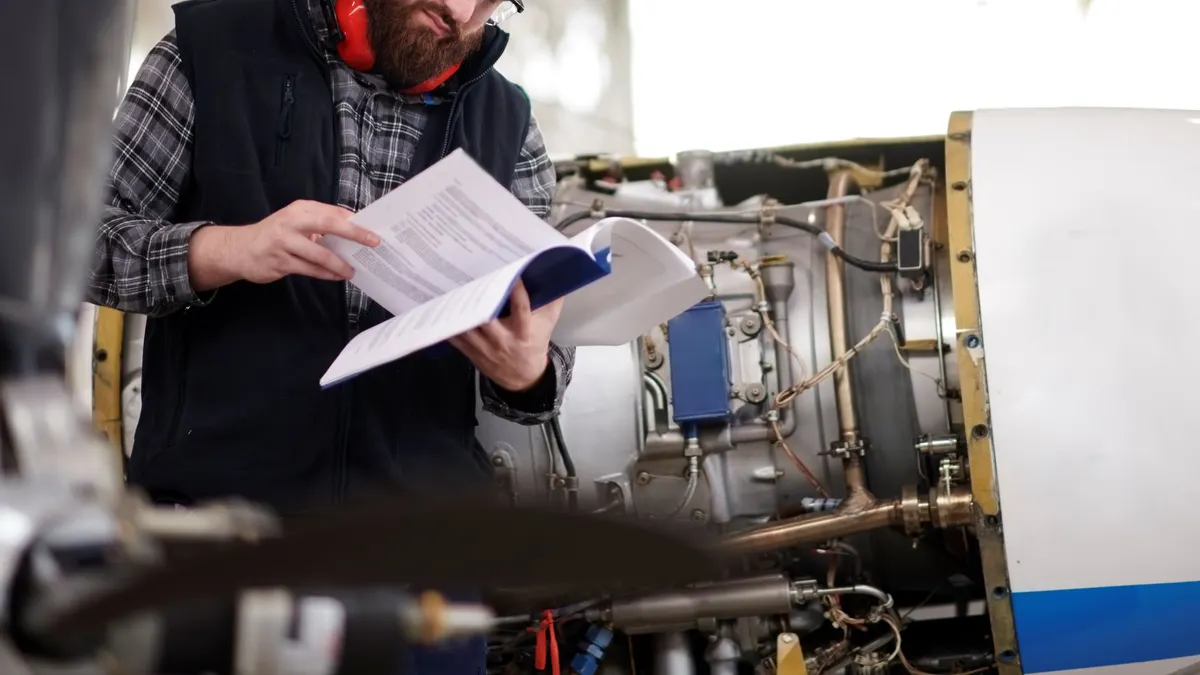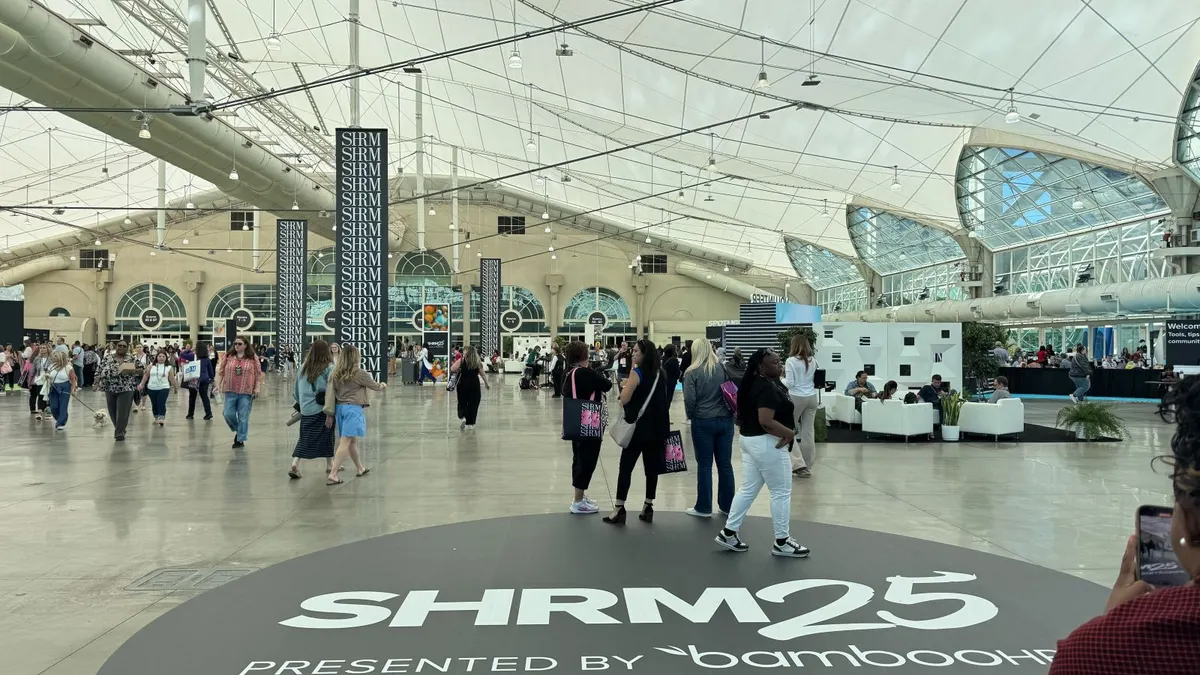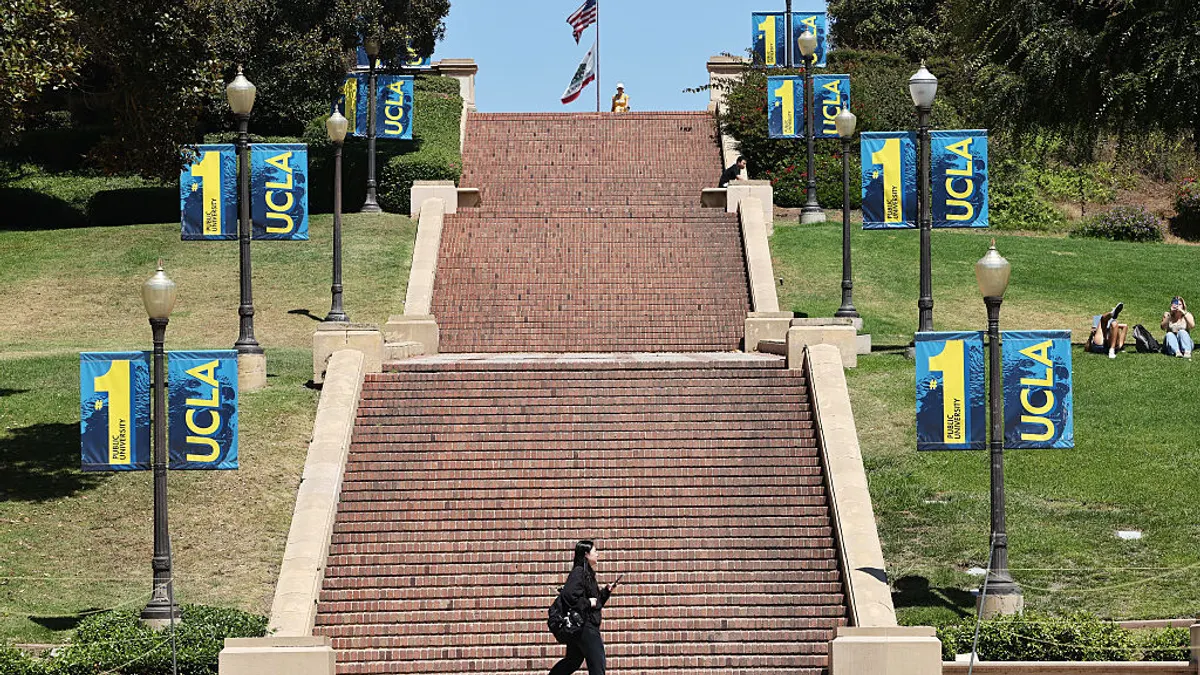WASHINGTON — Most employers are forgetting a talent pool that holds millions of people. This pool has gone largely untapped, however.
"We all know how tight the labor market is in this country. So why aren't employers hiring people with disabilities?" Georgetown University Professor Bill Novelli asked those attending a one day conference, Uniting New and Emerging Leaders: Best Practices on Employing People with Disabilities.
"As a nation, we need to do something about all this. We need to act," Novelli, who founded Georgetown's Global Social Enterprise Initiative, said. "How do you build a workplace that's welcoming for all?" Business leaders from organizations like Bank of America, Ernst & Young, Starbucks and Walgreens shared initiatives that have allowed them to expand their employee pools.
Here are five moves every organization can make to better include employees with disabilities.
1. Prioritize accessibility
Before employers can work on any other initiative to better include employees with disabilities, they must make sure all employees have full accessibility to their jobs, said Lori Golden, abilities strategy leader at Ernst & Young.
"At a baseline level and practical level, part of inclusion means accessibility — accessibility in the physical environment, the digital environment and how we do things, the daily business behaviors," Golden said. "That makes the difference between feeling truly included and a real sense of belonging."
Providing this accessibility means employers need to make accommodations. Speakers echoed each other in saying accommodations do not generally rack up exorbitant costs or require tireless effort to supply. Joe Wendover, chief human resources and diversity officer at VIABILITY, recalled an accommodation a floor manager made for dyslexic employees at a Walgreens distribution center when he served as corporate field inclusion manager at Walgreens Boots Alliance. Since the employees couldn't locate products within the center based on numbered aisles, managers printed out pictures — wagons and zebras, for example — and posted them next to the aisle numbers. "It cost us nothing because we just printed them out," Wendover said. With this accommodation, employees of all reading abilities could locate products, whether they knew they could find something in aisle 57 or the zebra aisle.
2. Value flexibility
Creative accommodations to ensure employees have full accessibility to their workplace and their jobs can also go a long way. Leaders should consider extending an attitude of willingness and open mindedness toward job functions.
"The employer has a great opportunity to re-think how they want jobs to be performed," said John Kemp, president and CEO of the Viscardi Center, a resource hub for people with disabilities. "If they're willing to break down functions and assign them to various people of various skill sets, there are tremendous opportunities for people with intellectual disabilities to work at or above minimum wage."
Randy Lewis served as Walgreens' SVP of supply chain and logistics. His son, Austin, has autism and inspired him to employ more people with disabilities, he said. As he hired people who struggled to perform a job in a traditional way, he simply asked the person applying for the job how they would approach a certain task.
"If it takes two hands to handle the case, ask the person. Show them the job and ask how they'd do it," he said. "Chances are they've had a lifetime of figuring out how to do it." He had a deaf employee who needed to test a horn on an in-warehouse vehicle, for example. When asked how he would test the horn, he bent and placed his hand on the dash to feel the vibrations the beep would make when sounded. Another deaf employee said he would drive up behind a group of people talking, blast the horn and wait to see if someone jumped, Lewis recalled with a laugh.
3. Represent all employees — and go beyond marketing
Golden said she focuses on "projecting" as a means of signaling to employees with disabilities their inclusion. "By projecting, what I mean is including images with a range of disabilities — our own people, not models, in our own offices — working in teams. Making disabilities visible in an organic and natural way." She said Ernst & Young has made it a practice to feature images of employees with disabilities working at their firms in its printed materials.
But the organization's employees don't just see themselves on pamphlets and posters. "We mention disabilities every time our leaders talk about our culture," Golden said. When a company leader talks about inclusion, he or she will touch on the effort Ernst & Young has made to include all employees of every race, gender, sexual orientation and ability.
4. Embrace storytelling
Several speakers emphasized the power of storytelling as a generator of compassion and inspiration. "One of the things that we've done that has had the greatest impact is storytelling and creating forums for storytelling," Golden said. "We don't have people stand up and talk about disabilities. We have people in natural contexts where they're talking about themselves and their careers, and they present that they have a disability or it'll be obvious that they have a disability, and they tell their stories, the way anyone else would."
Mary Lynn MacKenzie, SVP of talent acquisition at Bank of America, said her team introduced an initiative called Creative Conversations last year. Since then, more than 65,000 employees have participated in the group discussions, which center on social issues. "It brings us together to learn about each other's perspectives," she said. "We've found that it's given employees the opportunity to share in a safe environment and teach one another. They've become very powerful."
5. Champion a learning attitude
As Lewis worked with Walgreens to create the company's first distribution center that intentionally hired people with disabilities, he took a problem solving attitude. He knew he and his team would make mistakes as they traversed the unexplored territory the distribution center entailed. "You can't predict all the things are going to happen, and the things you do predict aren't going to happen," he said.
When Starbucks launched its Inclusion Academy, which prepares people with disabilities for jobs in retail, store supervisors had as much to learn as new hires did.
"One of the key learnings was that there needed to be more training for our store managers, who were the ones that were going to be taking on the individual with the disability," Jeff Danley, director of regional operations at Starbucks, said. "Education around how to continue to develop them, how to communicate, realizing our resources. We've got amazing access to resources through our Seattle support center, whether it be technology, whether it be an interpreter, whether it be accommodations in the workplace."



















